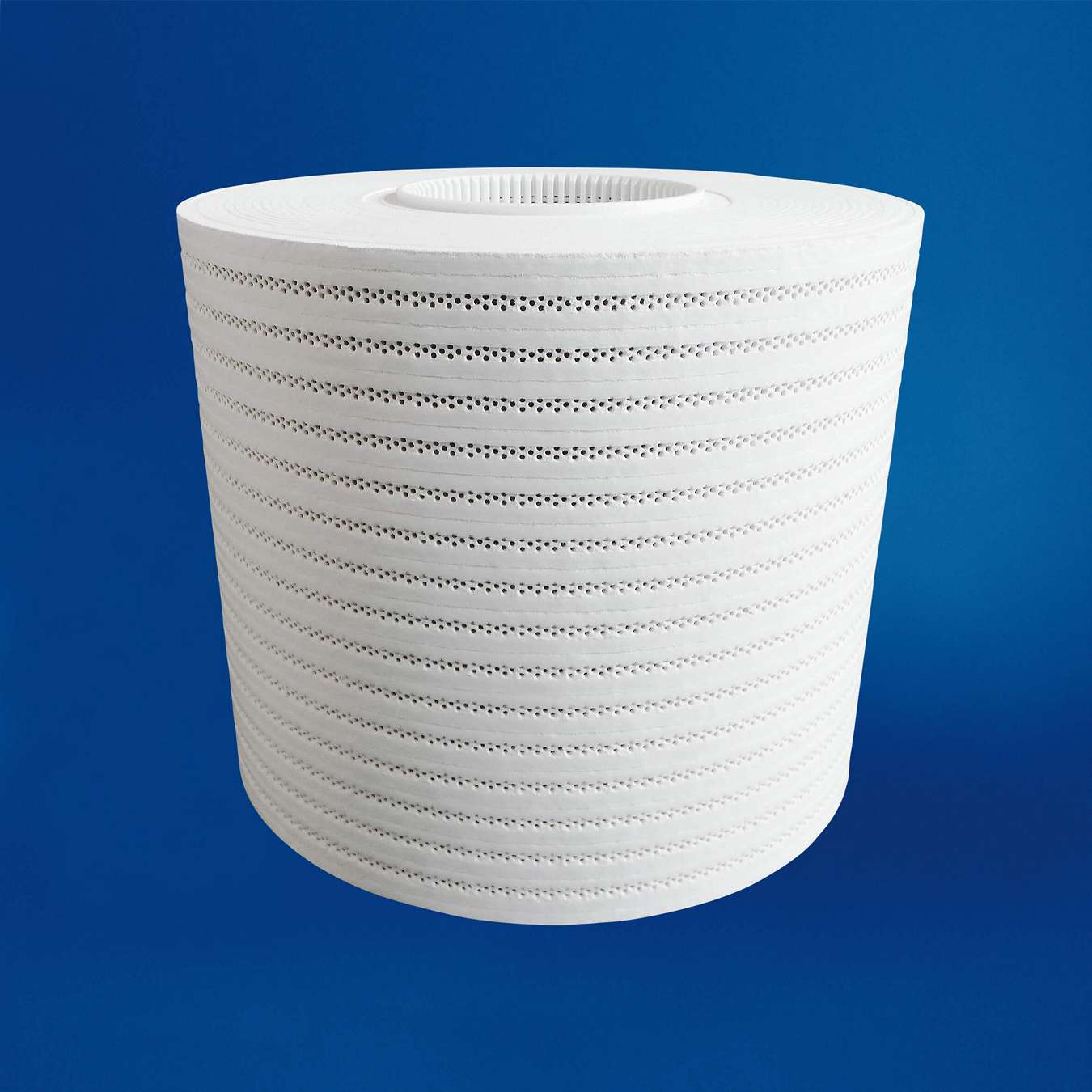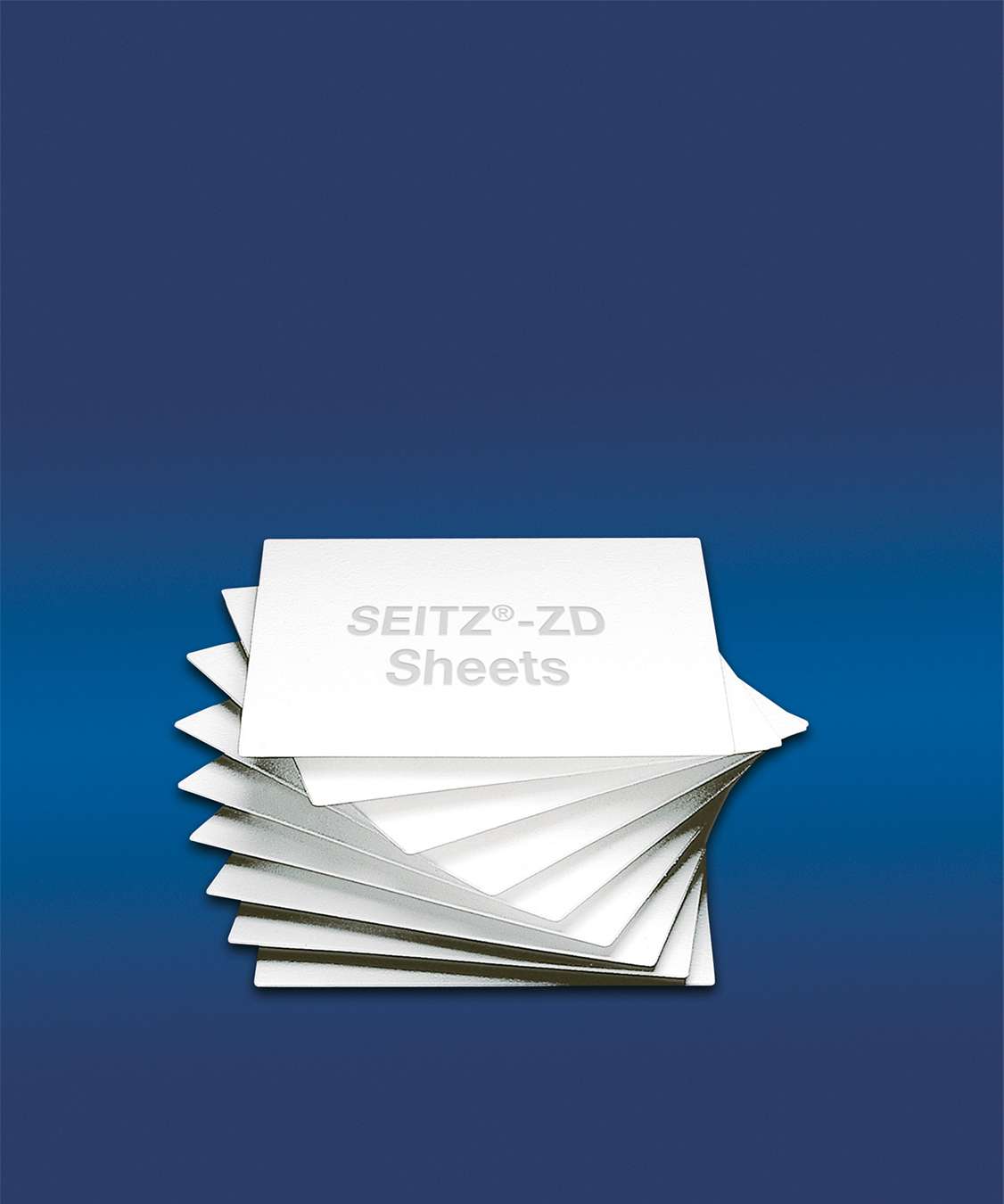Why is water removal from olive oil important?
Olives require milling and grinding to extract the oil from the olives. For this, the olives are ground into a paste and the cells of the olives are broken down. As a result, the oils and cell water are released from the plant cells and separated from the olive solids. This olive mash is then stirred in kneading machines and processed so that the distributed fine oil droplets join together and make them extractable, as well as enriching them with aromas, polyphenols and other non-fatty substances of the olive.
Olive fruit residues and water in the unfiltered oil form a sediment which oxidizes quickly and negatively impacts the quality of the final product.
To meet the product quality required by the market, olive oil undergoes a decanting or centrifugal step, during which water and other suspended materials are separated from the oil in order to make it transparent. The drawback of this process is that centrifuges are not able to remove all water from the oil. Remaining water is still present and causes a liquid phase separation on top of the olive oil.
According to the International Olive Oil Council (IOOC, 2009), the level of moisture and volatile matter in extra virgin olive oils (EVOO) should not be higher than 0.2% kg/kg. The amount of water in commercial olive oils (from about 0.03% kg/kg to about 0.2% kg/kg), depends on factors related to the production process technologies such as the extraction and filtration procedures. Water in oil is evenly distributed in the form of a stabilized micro-dispersion. Although it is not clear, the water presence (correlated to the oil bitterness and pungency) has a role in product stability and quality during storage.
Traditionally, thin cellulose papers are used as adsorbers to remove these water traces from olive oil. The drawback of this paper is a limited water removal capacity.
Depth filter sheets made of 100% pure cellulose fibres allow the effective adsorption of water present in the olive oil into the cellulose fibers. In parallel, particles are removed in the porous structure of the filter material. As a result, very clear and stable olive oil is achieved.
Efficient, time-saving solutions for water removal
Seitz® ZD depth filter media is the key solution for efficient water removal from olive oils. 100% pure cellulose matrix of the sheet media absorbs the water traces inside the cells of the cellulose fibers, while the olive oil passes the filter media during filtration. Any fine particles and haze left is also removed by filtration effects during this process.
The use of this media allows a gentle but very effective removal of water traces to the recommended water level in olive oils below 0.2% w/w.
SUPRApak™ ZD Series Depth Filter Modules
Developed to meet the needs of the food and beverage industry for filter sheet media, the SUPRApak ZD Series combines 100% cellulose depth filter sheet matrix and our SUPRApak design with the unique “edge flow” principle. Our edge flow technology optimizes the depth filter matrix, allowing for a very high filtration area per module. The multiple passes of the liquid through the sheet media extends the contact time of the water with the cellulose fibers, enabling an optimized water separation effect.
A unique combination of our SUPRAdisc II design for lenticular sheet-based modules and a pure cellulose depth filter sheet media, this filter has been designed to give excellent filtration performance and lower filtration costs. To improve process flexibility based on your specific requirements SUPRAdisc II ZD filter modules are available in 4 grades.
Our Seitz ZD (Zero DE) depth filter sheets series consist of pure cellulose filter sheet media and have been designed to give excellent filtration performance while maintaining product quality at a high standard. To improve process flexibility based on your specific requirements Seitz ZD filter sheets are available in 4 grades.
To find out more, or to speak to one of our specialists, contact us by completing our form.
Complete the form to have a Pall specialist contact you about our solutions for your processing.







